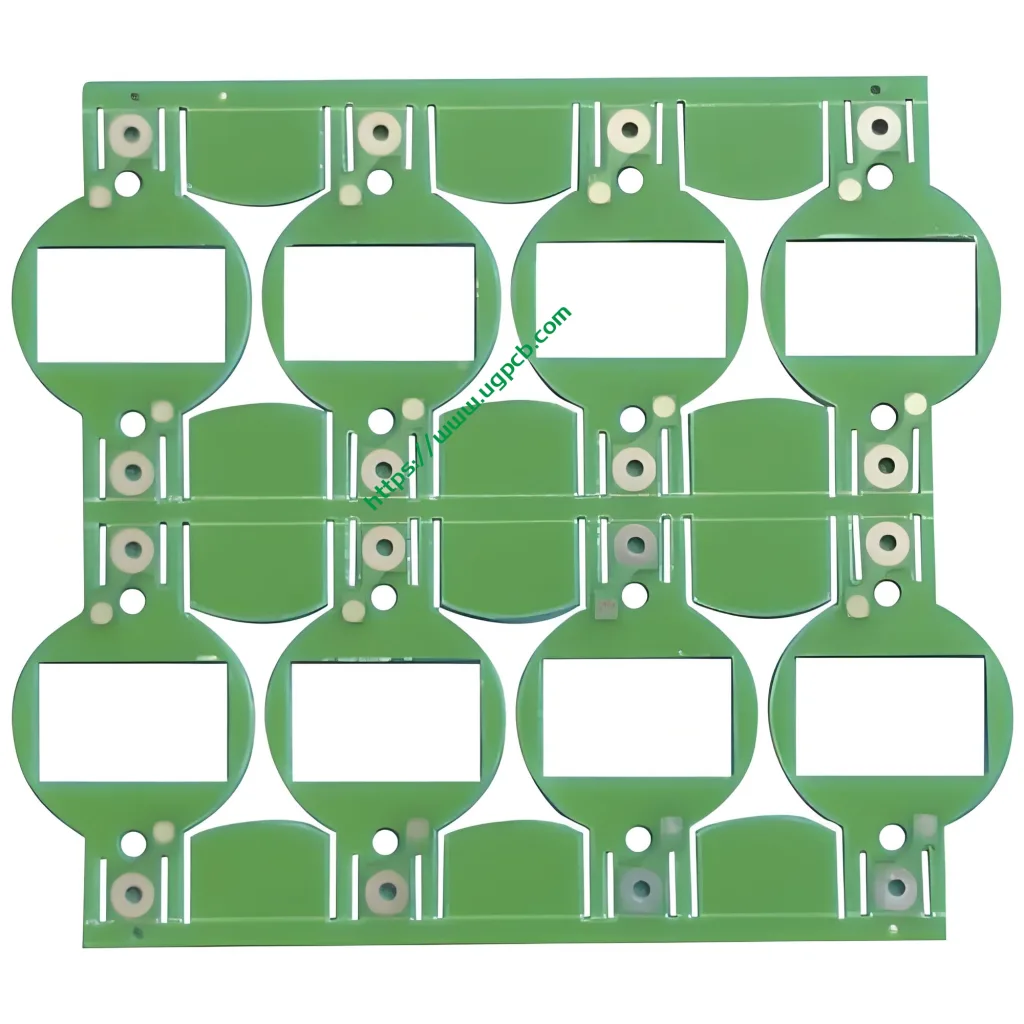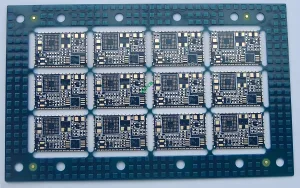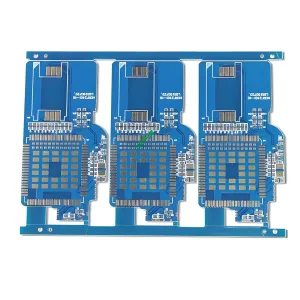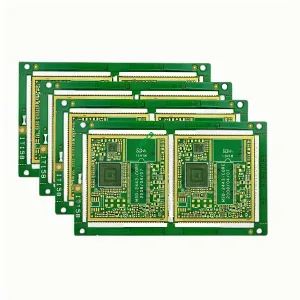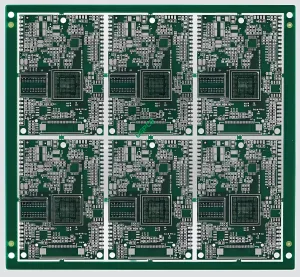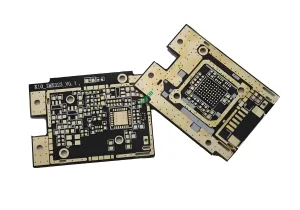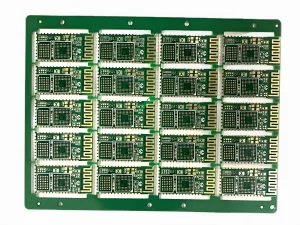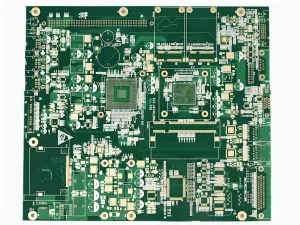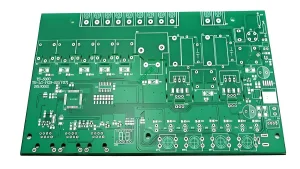Introduction to Wireless Charging PCB
A Wireless Charging PCB, also known as an inductive charging circuit board, is a specialized printed circuit board designed for wireless power transfer. It enables devices such as smartphones, 錠剤, and other electronic gadgets to be charged without the need for physical connectors.
作業原則
Wireless charging technology operates on the principle of electromagnetic induction. The transmitter coil generates an alternating electromagnetic field that induces a current in the receiver coil, thus transferring energy from the charger to the device.
アプリケーション
Wireless Charging PCBs are widely used in consumer electronics for charging devices like mobile phones, smartwatches, earbuds, and even electric toothbrushes. They offer convenience, ease of use, and reduced wear and tear on charging ports.
Types of Wireless Charging PCBs
There are two main types of wireless charging technologies:
- Qi Standard: The most common and widely adopted wireless charging standard.
- PMA (Power Matters Alliance): Another popular standard, often found in older devices.
材料と建設
- 材料: S1000-2, a high-quality epoxy material.
- レイヤー: 6 レイヤー, providing robustness and better signal integrity.
- 色: 緑または白からお選びいただけます.
- 仕上がり厚さ: 1.2mm, ensuring durability while being slim.
- 銅の厚さ: 2オズ, which offers good conductivity.
- 表面処理: Immersion gold with a thickness of at least 2U”, enhancing corrosion resistance and solderability.
- Copper Thickness in Hole: 351つ, ensuring strong connections.
- Minimum Aperture: 0.4mm, allowing for fine detail work.
性能特性
Wireless Charging PCBs are designed to efficiently transfer power with minimal loss. They support fast charging capabilities and are built to withstand repeated usage over time. The immersion gold finish ensures long-lasting performance and reliability.
Structural Features
The structure of a Wireless Charging PCB includes multiple layers of copper traces sandwiched between layers of substrate material. This multilayer design helps in managing heat dissipation and improving electrical performance. The PCB is coated with a protective layer to prevent damage and ensure longevity.
製造工程
The production of a Wireless Charging PCB involves several steps:
- デザイン: Using specialized software to create the circuit layout.
- エッチング: Removing excess copper to form the desired patterns.
- ラミネート加工: Combining multiple layers together.
- メッキ: Adding a thin layer of metal to improve connectivity.
- 検査: Ensuring the PCB meets quality standards.
- Assembly: Mounting components onto the PCB.
- テスト: Verifying functionality and performance.
Use Cases
Wireless Charging PCBs are used in various applications including:
- 家電: Mobile phones, 錠剤, smartwatches.
- 自動車: In-car charging systems for smartphones.
- 医療機器: Portable medical equipment.
- ウェアラブル: Fitness trackers, smart rings.
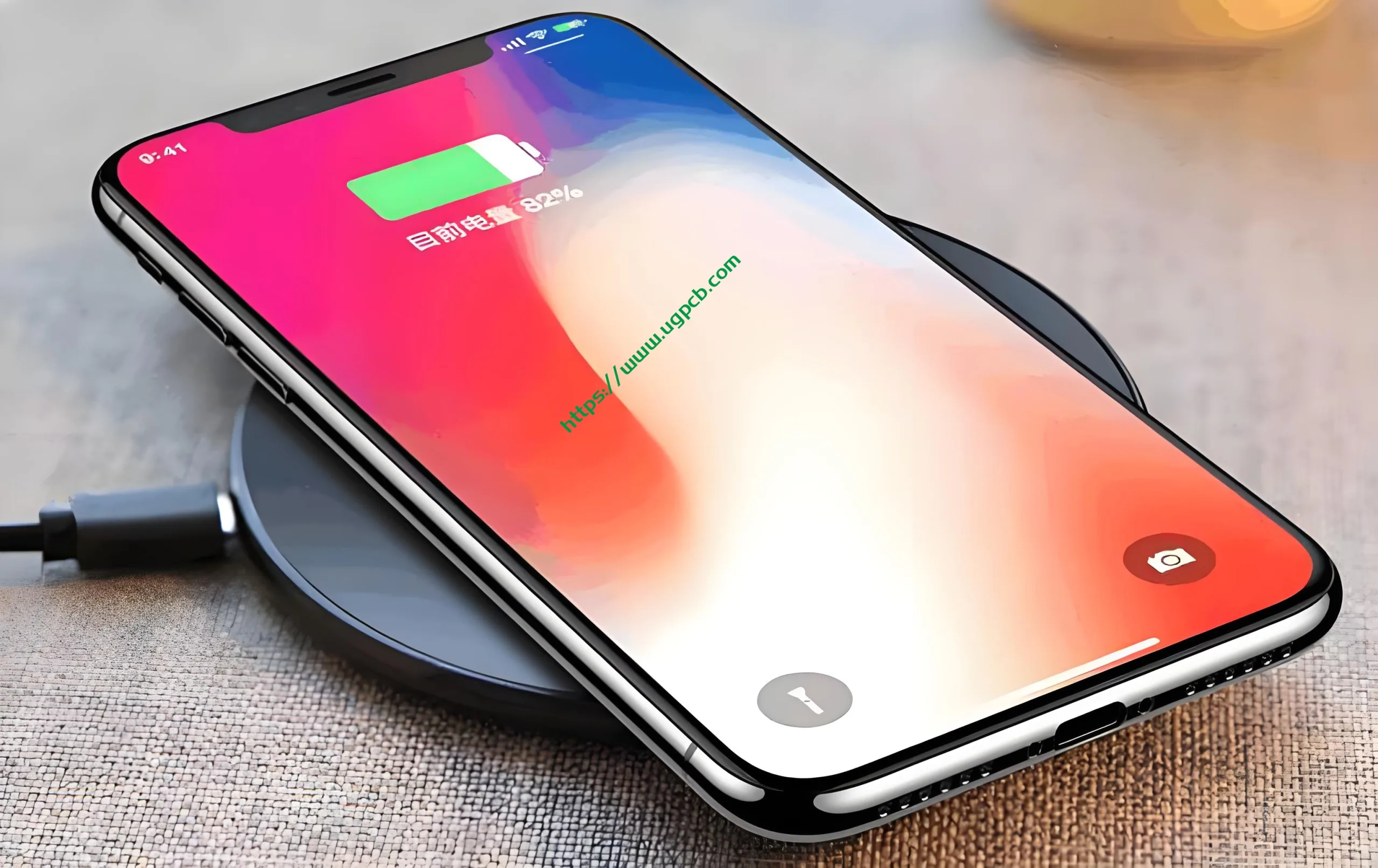
結論は, Wireless Charging PCBs represent a significant advancement in charging technology, offering convenience, efficiency, そして耐久性. Their widespread adoption across different industries highlights their versatility and importance in modern electronic devices.
 UGPCBのロゴ
UGPCBのロゴ

